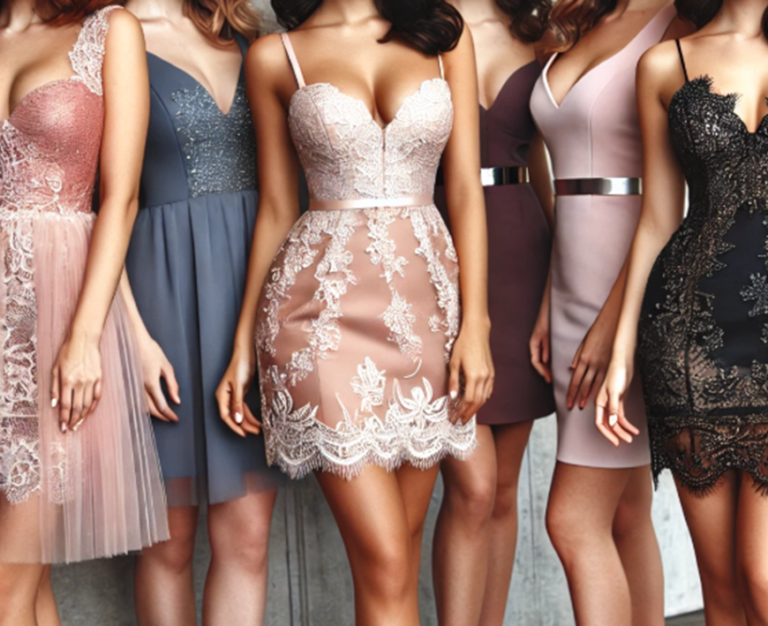How Faux Fur Coats Are Made: Quality Materials and Techniques
Faux fur coats are growing in popularity. Many people prefer it over real fur. It’s ethical, warm, and luxurious. But how is high-quality faux fur made? Let’s take a closer look at the process.

Selecting the Synthetic Fibers
Faux fur manufacture begins with synthetic fibers. Acrylic and modacrylic are popular options. These fibers produce a lifelike fur texture. Acrylic is velvety and resembles animal fur. Modacrylic increases strength and durability. Together, they form a sturdy, long-lasting foundation for faux fur.
Creating the Base Fabric
After choosing fibers, manufacturers create a base fabric. The fibers are woven tightly together. This binds them to the fabric backing. A good weave helps reduce shedding. It also ensures the fabric lasts longer. A strong base is essential for high-quality faux fur.
Dyeing for Realistic Colors
Once the base is complete, the coloring procedure begins. Faux fur can be colored in a variety of hues. Natural colors such as browns and blacks are common. Some imitation furs come in multiple hues. This gives them a genuine, multilayered appearance. Dyeing also creates visual depth in the fabric.
Cutting and Texturing the Fibers
The fibers are then cut to different lengths. Short fibers resemble mink or seal fur. Long fibers mimic fox or wolf fur. This variety creates different styles. Faux fur can be sleek or fluffy, depending on the cut. Each texture suits different fashion trends.
Brushing and Softening
After cutting, the fabric is brushed. Brushing makes the faux fur softer. It helps the fibers lay in one direction. This adds to its realistic appearance. Some faux furs even have longer “guard hairs.” These give it a natural look, similar to real animal fur.
Quality Control and Testing
High-quality faux fur undergoes strict quality tests. Manufacturers check for shedding and softness. They test for strength and durability. Only fabrics that pass these tests go to production. This ensures faux fur stays beautiful and long-lasting.
What Materials Are Used in Oversized Faux Fur Coats?
Oversized faux fur coats are fashionable and functional. They’re cozy, stylish, and perfect for winter. So, what materials make these coats so luxurious?
Using Acrylic and Modacrylic Fibers
Acrylic and modacrylic are common in oversized coats. Acrylic fibers are lightweight yet warm. Modacrylic adds durability and strength. Together, they create a soft, plush feel. These fibers are perfect for the big, bulky look.
Adding Polyester for Flexibility
Polyester is another popular choice. It blends well with other fibers. Polyester adds durability and flexibility. It also resists moisture. This is essential for cold, damp weather. Polyester’s flexibility makes the coat comfortable to wear.
Choosing a Comfortable Lining
The lining in faux fur coats is crucial. Many use satin or polyester linings. Satin is smooth and gentle on the skin. Polyester linings add warmth without adding weight. They make the coat feel light and easy to wear.
Cotton Blends for Breathability
Some oversized coats use cotton blend linings. Cotton is breathable and soft. It’s comfortable for mild winter days. A cotton blend lining keeps the coat lightweight. This is ideal for transitional weather.
Adding Extra Layers for Warmth
Oversized faux fur coats often have double layers. The outer layer is faux fur. The inner layer might be wool, fleece, or thermal fabric. This combination adds extra warmth. It’s perfect for cold winter days.
Special Details for Style and Function
Designers add special details to faux fur coats. Elastic cuffs keep out cold air. Metal buttons or zippers add style. These small details make the coat functional and trendy. They add personality to each coat.
Bright Colors and Unique Designs
Oversized faux fur coats come in many colors. Some have natural shades like black or brown. Others are bright, like red or blue. Advanced dyeing techniques create bold colors. High-quality dyes ensure colors won’t fade quickly.
High-quality faux fur is made from acrylic and modacrylic fibers. These materials make it soft, durable, and lifelike. The manufacturing method provides superior quality. Dyeing, cutting, and brushing improve realism. Oversized faux fur jackets are also lined with polyester, cotton, and satin. Extra layers keep kids warm and comfy. Faux fur coats are fashionable, ethical, and here to stay.
FAQ’s
What makes oversized faux fur coats so warm?
How is the color of faux fur achieved?
What materials are commonly used in oversized faux fur coats?
Why are acrylic and modacrylic commonly used in faux fur? How is high-quality faux fur made?





